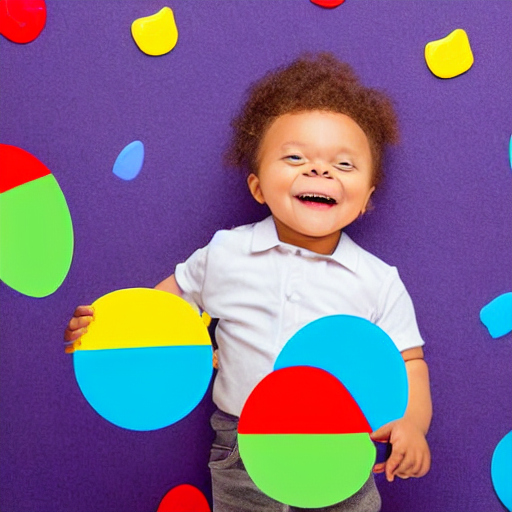Introduction
Understanding emotions is a crucial part of toddler development, as these early years set the foundation for future emotional intelligence. Teaching your toddler about emotions involves nurturing their ability to recognize, understand, articulate, and manage feelings. Developing these skills will help your child build healthier relationships and cope with life’s challenges more effectively.
Understanding Emotional Basics
Before you can teach your toddler about emotions, it is essential to understand the basic emotions they experience. Toddlers typically express primary emotions like happiness, sadness, anger, surprise, fear, and disgust. Recognizing these emotions in your child is the first step in helping them understand and articulate their feelings.
Why Teaching Emotions Matters
Understanding their emotions can help toddlers in numerous ways. It allows them to communicate more effectively, enhances empathy, and builds conflict resolution skills. Emotional intelligence is linked to better relationships, improved mental health, and greater success in life. By teaching your toddler about emotions, you’re contributing significantly to their personal development.
Strategies to Teach Emotions
1. Model Emotional Awareness
Children learn a great deal from modeling the behavior of significant adults in their lives. Show your emotions openly and narrate them to your child. For example, you might say, I am feeling happy because we are having a fun day together. This simple action illustrates emotional awareness and expression.
2. Label Emotions
Help your toddler by labeling the emotions they experience. When they are upset, say something like, You seem sad. Would you like to talk about it? This practice helps them associate their feelings with words, making them easier to understand and express.
3. Use Books and Stories
Books tailored to toddlers often explore themes of emotions, offering excellent opportunities for learning. Discuss the emotions of characters in the stories you read together. Ask questions like, How do you think this character feels? This encourages your child to identify and talk about emotions.
4. Play Emotion Games
Games can make learning emotions fun and engaging. Emotion charades, where you act out different emotions and have your toddler guess them, or matching games using cards with emotion faces can be effective tools in emotion education.
5. Encourage Empathy Through Role Play
Pretend play is a natural activity for toddlers and a perfect opportunity to teach empathy and emotional awareness. Use dolls or toys to act out scenarios where characters experience different emotions. Guide your toddler to recognize the emotions involved and discuss how characters can be helped to feel better.
Managing Emotional Outbursts
Teaching a toddler to manage their emotions can be challenging, especially when they experience overwhelming feelings.

1. Teach Calm-Down Techniques
Introduce strategies for calming down, such as deep breathing exercises or counting to ten. Demonstrate these techniques during moments of calm so they can be recalled during emotional peaks.
2. Validate Their Feelings
It’s crucial to validate your toddler’s emotions by acknowledging their experience. Saying, It’s okay to feel angry, lets them know their emotions are natural and accepted, providing a sense of security and understanding.
3. Provide Comfort and Space
Sometimes, toddlers need a comforting hug or some space to process their emotions alone. Be attentive to what your toddler needs and give them space when necessary, but let them know you are close by for support.
Creating an Emotion-Friendly Environment
A supportive environment can significantly influence your toddler’s emotional development.
1. Maintain a Routine
Consistent routines provide toddlers with a sense of security, helping them predict their day and feel in control, which reduces anxiety and makes emotional expression easier.
2. Encourage Open Communication
Foster an environment in which your toddler knows it’s safe to express their emotions. Encourage open dialogue and be an active listener, ready to hear about their concerns without immediate judgment or correction.
3. Praise Emotional Milestones
Celebrate and acknowledge when your toddler successfully identifies, communicates, or manages their emotions. Positive reinforcement builds their confidence in handling complex emotions.
Conclusion
Teaching a toddler about emotions is a journey filled with patience and love. By modeling emotional awareness, using storytelling, playing emotion games, and encouraging open communication, you provide your toddler with invaluable tools for their emotional toolkit. Creating a supportive environment where feelings are accepted and talked about openly will help your child grow into an emotionally intelligent individual, ready to take on life’s challenges with empathy and resilience.